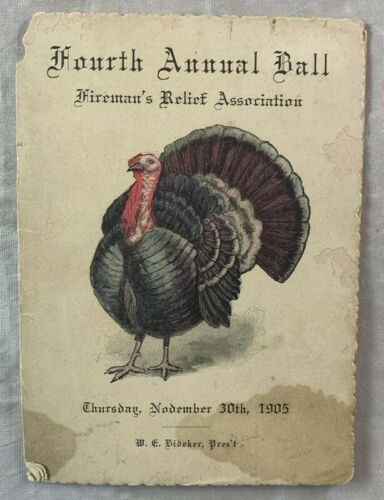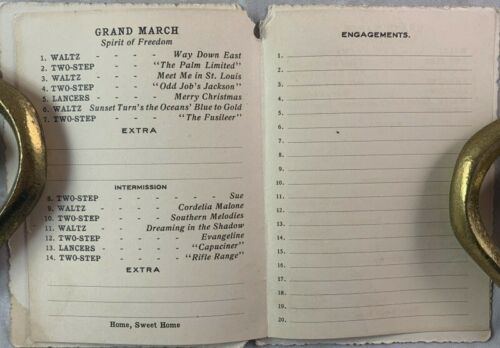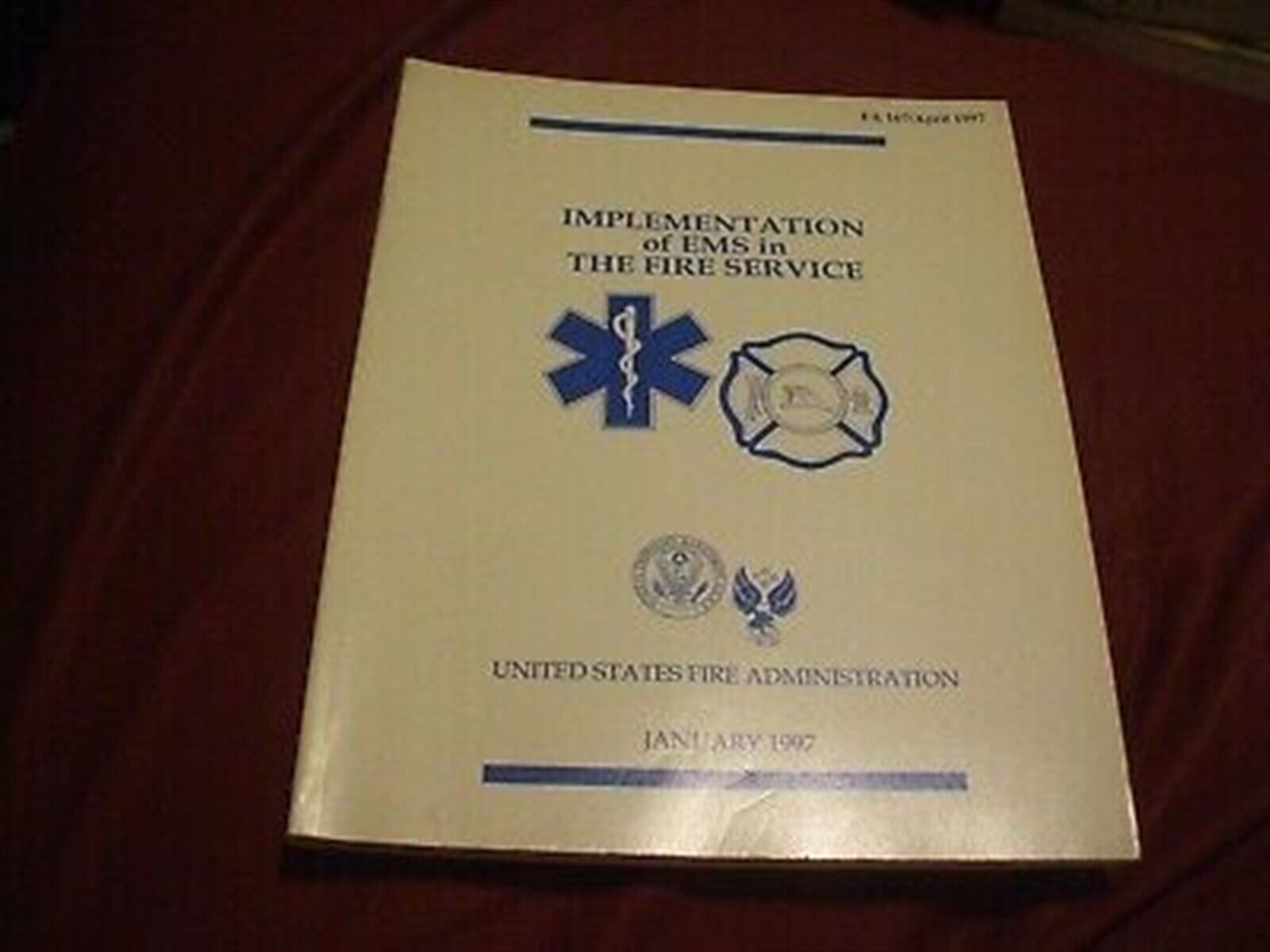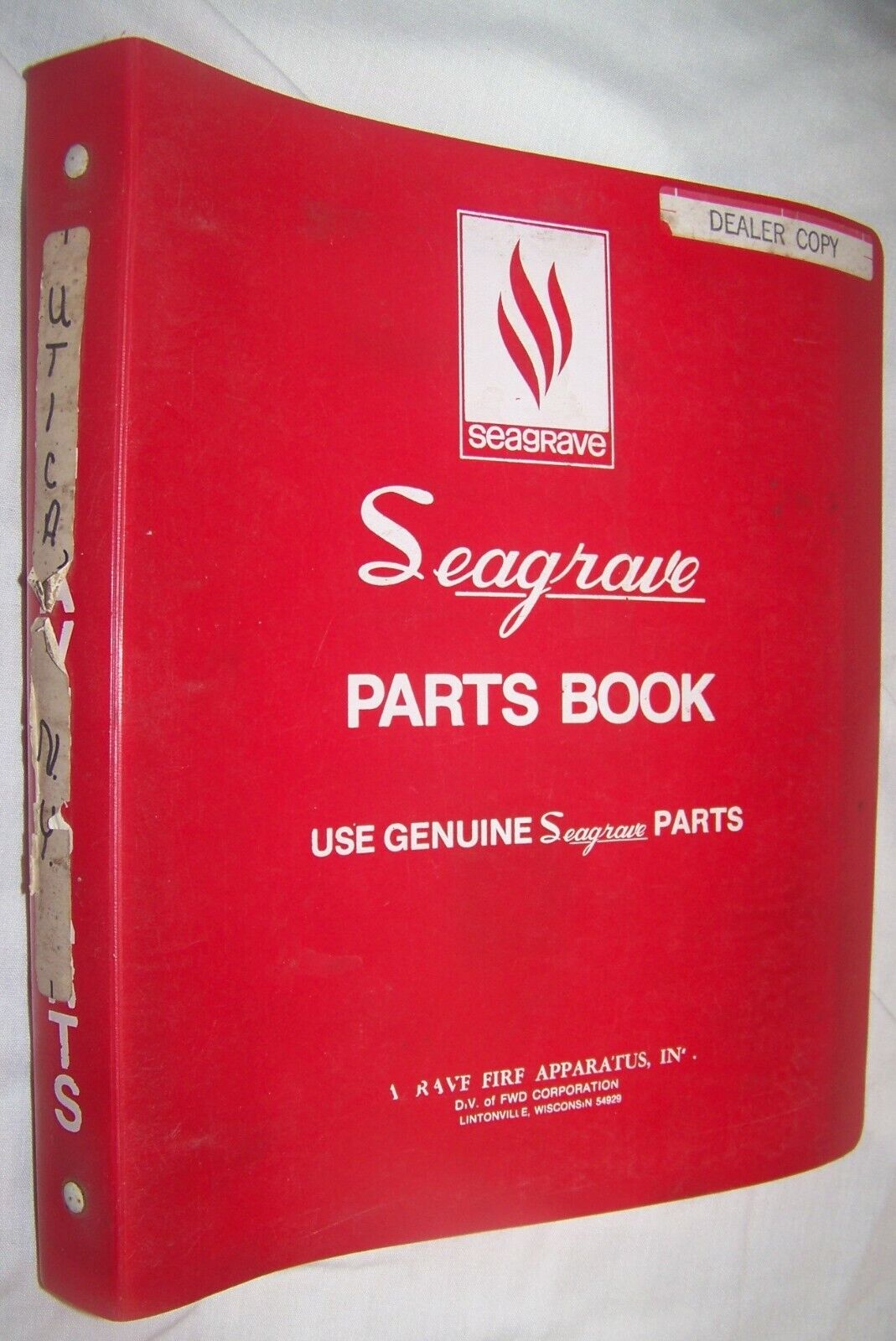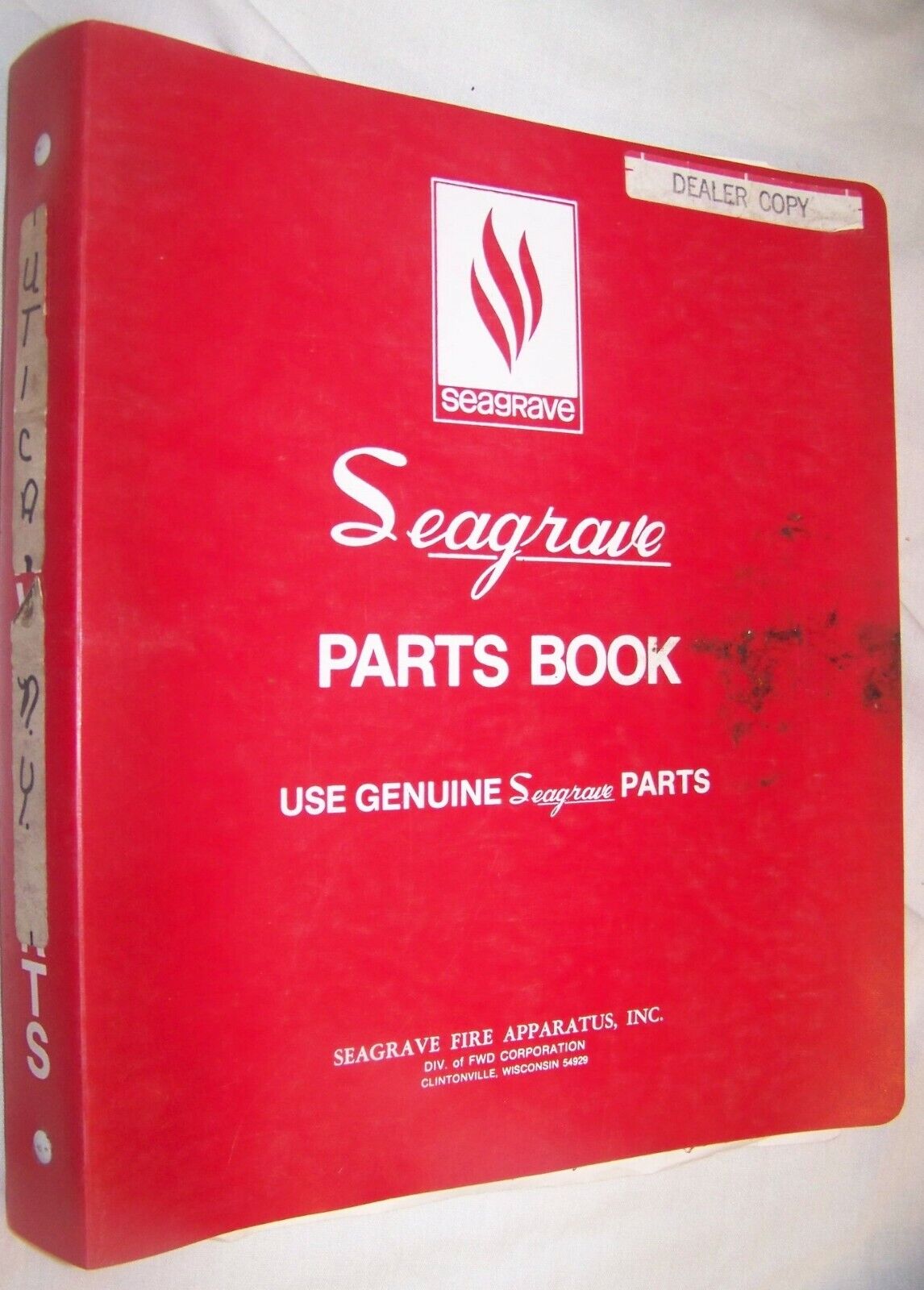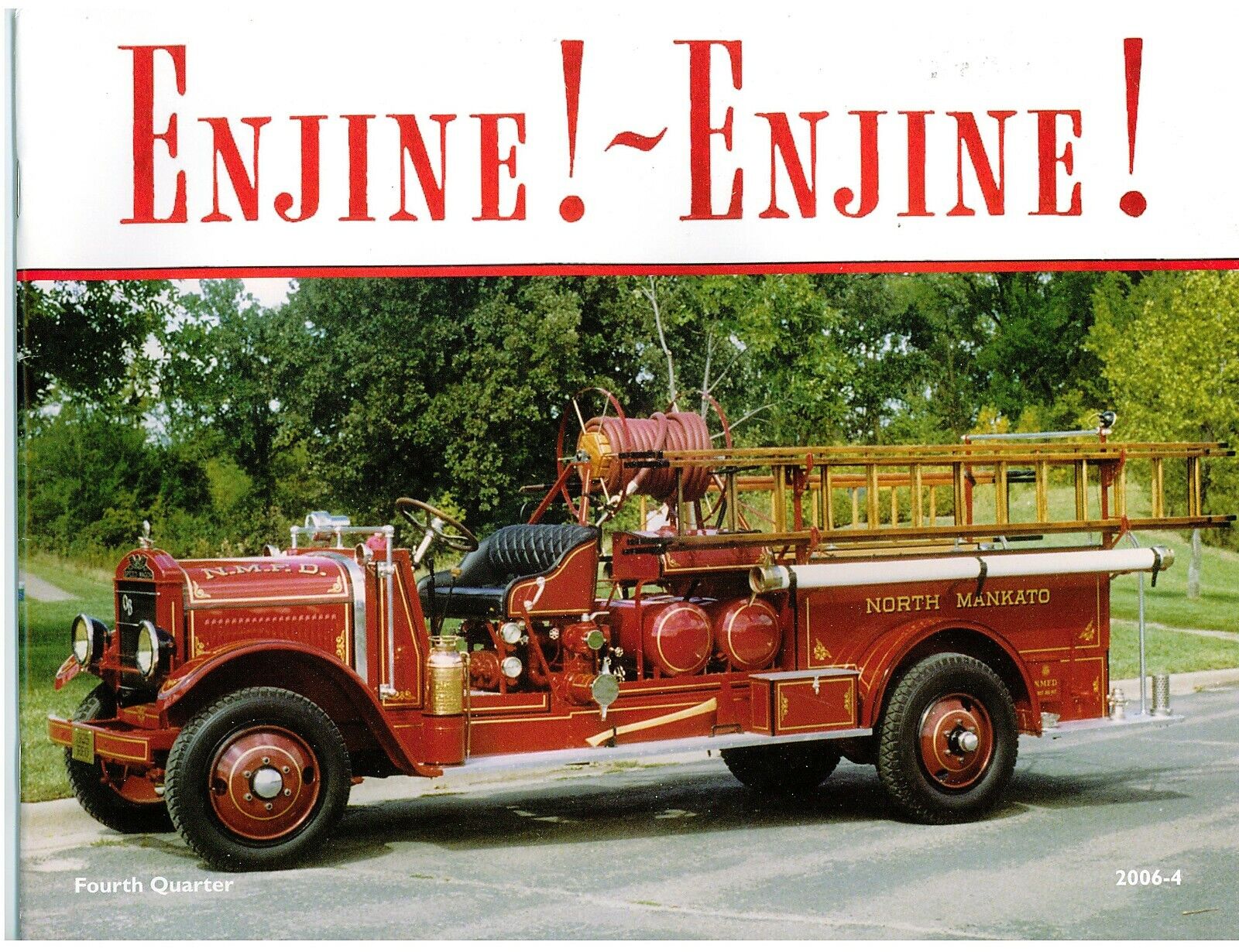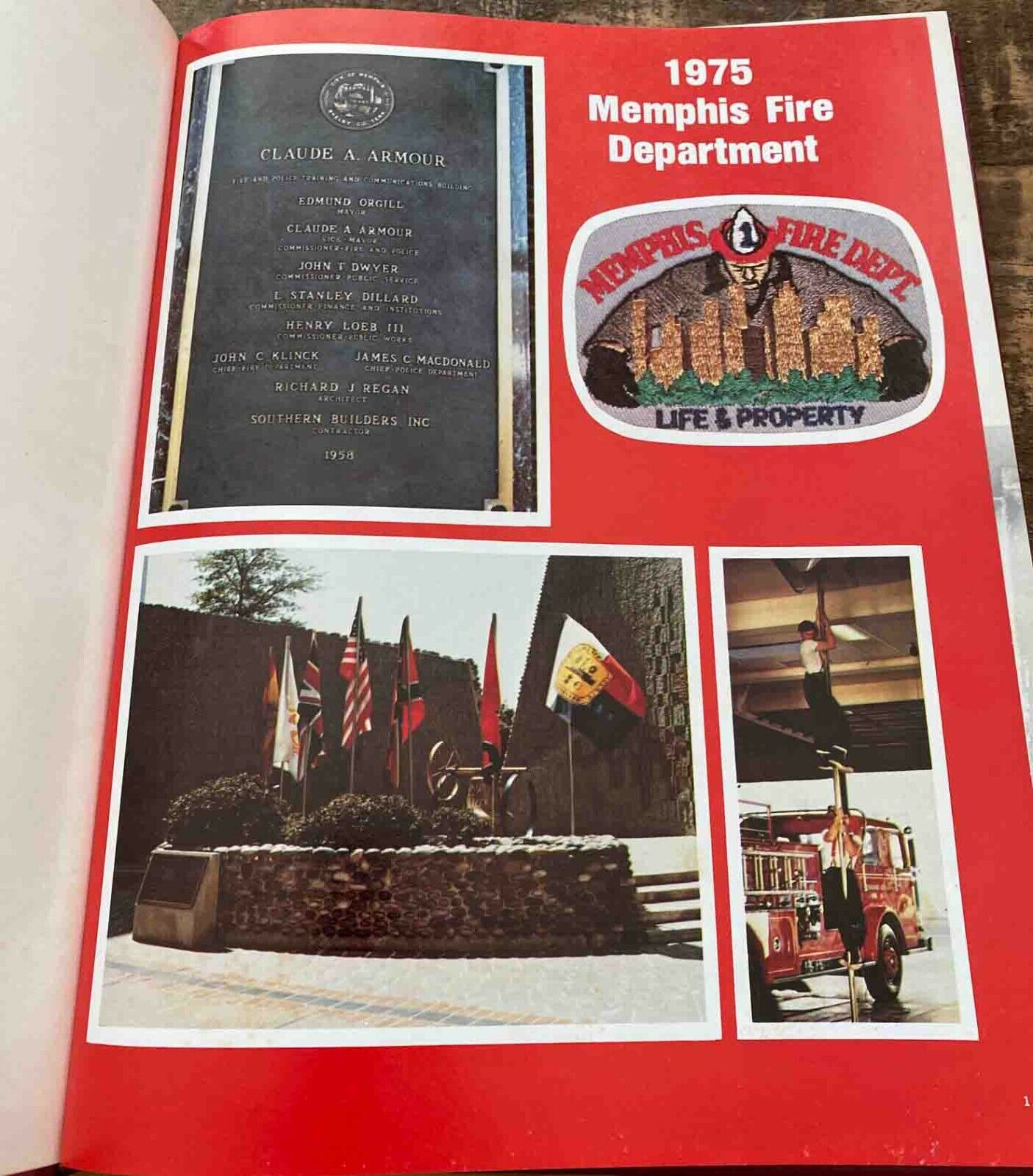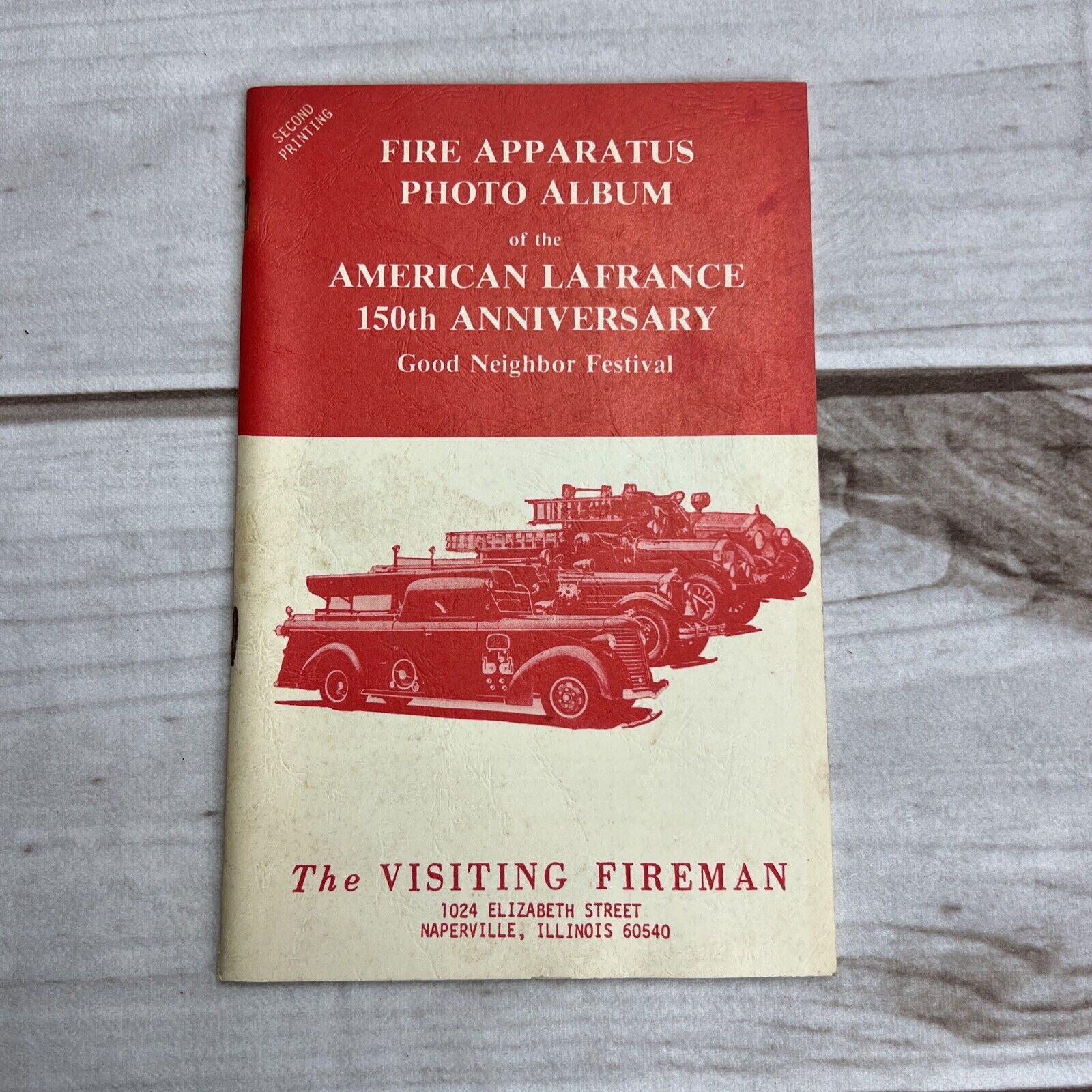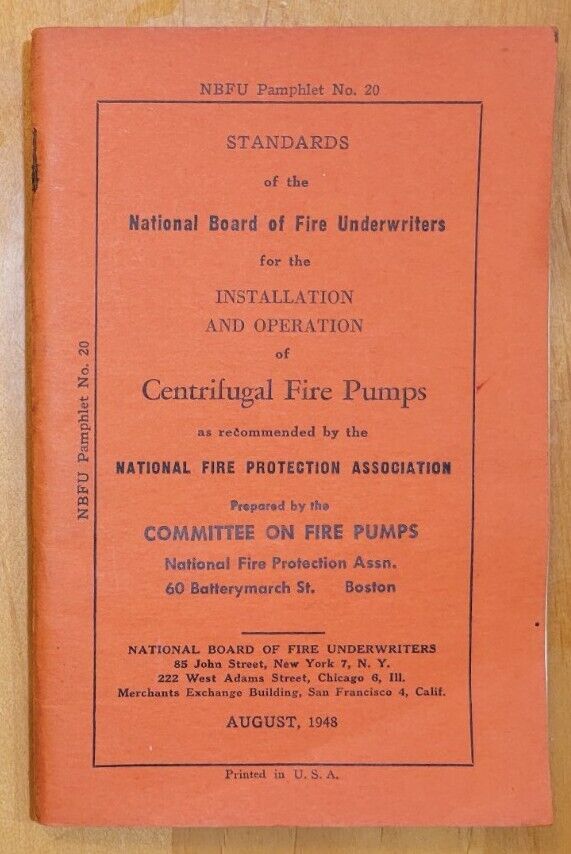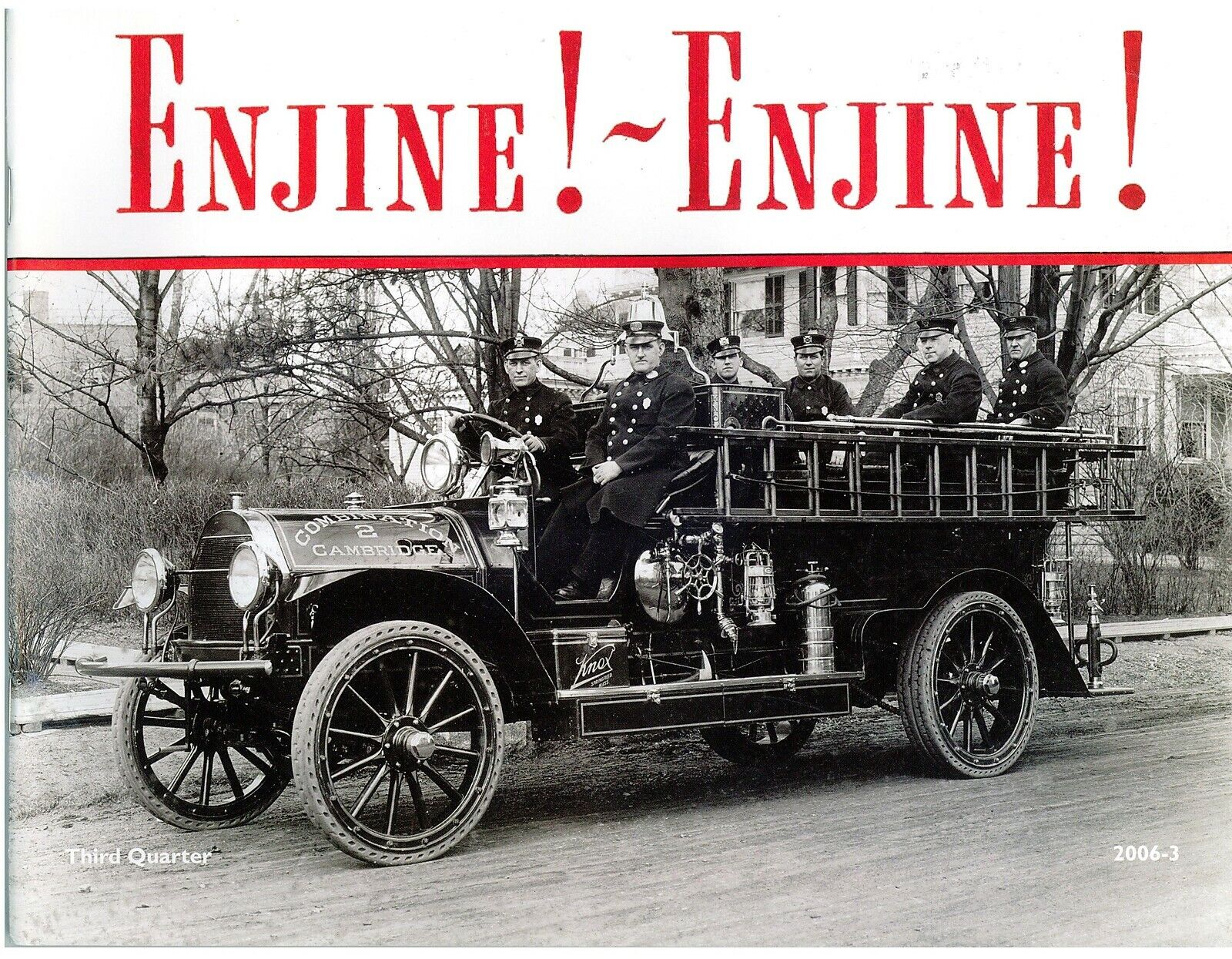-40%
1905 Annual Ball Fort Worth Texas Fire Department Relief / Chief W.E. Bideker
$ 26.37
- Description
- Size Guide
Description
1905 Annual Ball Fort Worth Texas Fire Department Relief / Chief W.E. BidekerProduct Description
Original program for the fourth annual ball of the Fireman's Relief Association in 1905, W.E. Bideker was the president and was also chief of the Fort Worth Texas Fire Department, 3.5 x 5, 4 pages, see photos for details. Unique addition to collection.
Chief W.E. Bideker: 1905-1919
Chief Bideker was recorded to be one of the finest chiefs ever known to Fort Worth. Chief Bill, as his men commonly knew him, was a self-proclaimed conservationist, which played an important role during his administration. Bideker was also known for his dry sense of humor and innovative leadership, which in his fourteen years as chief transformed the Fort Worth Fire Department into a professional firefighting team.
When Chief Bideker assumed command, the department held 38 men, 7 stations, and was fully horse drawn. Salaries ranged from to 5 a month. The work schedule consisted of 147 hours per week with a full day off each month. Bideker?s administration was the first to appoint a Fire Marshall, in addition to passing several progressive fire prevention ordinances.
Bideker was a strong supporter of water conservation and actively participated in the construction of Lake Worth, which brought an end to the reliance on artesian wells for water.
In July of 1909 the city purchased the first car for Chief Bideker at a cost of ,140.00. This topless, doorless, Maxwell passenger car came complete with spotlight and fire extinguisher. It became the first step toward a motorized department.
The romantic days of horse drawn hook-and-ladders and shiny brass steamers were soon to become a memory. During the height of the horse era thirty draft horses had filled the fire department stables. By 1919 the department?s transformation from horse drawn steamers to motor driven auto pumpers was complete. The city had purchased ten La France trucks painted bright white with gold lettering and stripes.
Chief Bideker fought hard for labor reform, better salaries, training, and modern stations. When he resigned on November 25, 1919, he left behind a modern fire department complete with thirteen stations and one hundred firefighters. The department was organized into an 84-hour work week with increased off-duty time. The new schedule developed firefighting into a career, making it possible for men with families to pursue this noble occupation.
inkfrog terapeak
